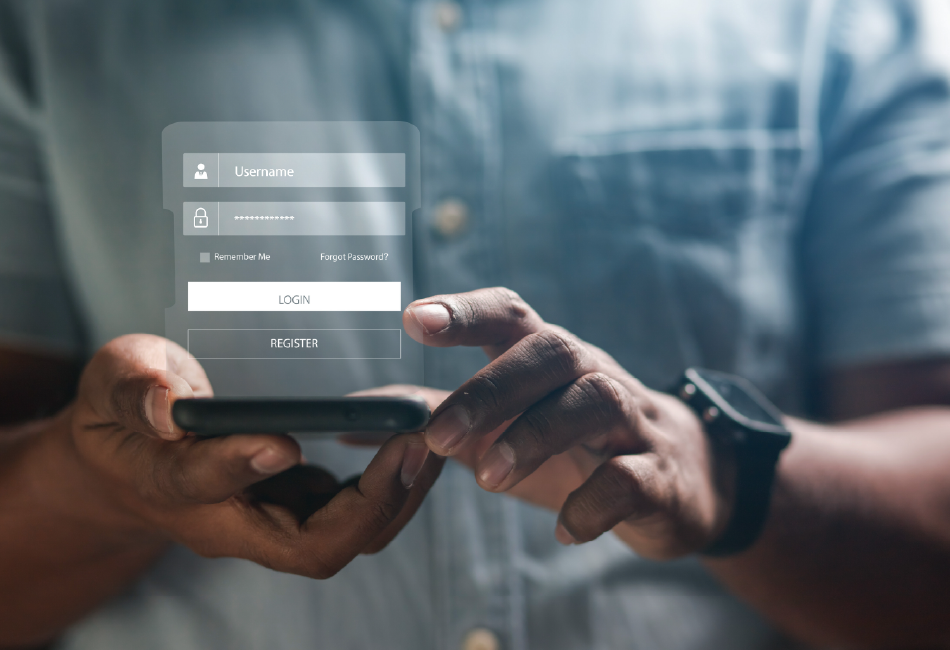Our proven, expert IAM solutions help forward-thinking healthcare professionals protect vast volumes of patient data from breaches and unauthorised access. As a G-Cloud 14 certified supplier, Intragen can officially provide services to Public Healthcare organisations.

IAM solutions and tools
43 %
Reports of hacking incidents across the Healthcare sector increased by 42% in 2023
22 million
In the first half of 2023, 22 million people were affected by Healthcare data breaches, an increase of 185% from the previous year
93 %
More than 93% of Healthcare organisations have experienced a data breach between 2018 and 2023
What can IAM do for Healthcare?
Healthcare organisations must manage medical data, financial information and intellectual property amidst rising patient numbers and digitalisation efforts. Due to this valuable data, the healthcare industry is an attractive target, but organisations often struggle to manage the identities within their system and protect patient privacy against hackers.
Identity and Access Management (IAM) allows you to know who has access to critical information and prevent the wrong people gaining access. Securing access and optimising user experience is imperative for mission-critical infrastructure within healthcare, made simpler by centralising your security around identity.

Common IAM challenges for Healthcare organisations

Get a demonstration of our IAM tools suited to your business
Identity Governance and Administration (IGA) in Healthcare

Identity for Healthcare
During an Identity and Access Management Summit, we held a fireside chat alongside Okta to discuss Identity for Healthcare organisations. Catch up with our discussion in the recording. Did you know we are Okta's EMEA Partner of the Year 2024?
Stephen Williams and Justin Woolen covered protecting data and systems from unauthorised users, and how to facilitate seamless integration between the various Healthcare services and systems. This means improving overall service quality and patient safety.

How Identity unlocks the NHS's digital future
Download Okta's whitepaper to discover how merged trusts can achieve a single source of truth using Identity. Make the Joiner, Mover, Leaver process straight forward with the automation of common tasks. Discover how Access Management done properly can alleviate the risk of insider threats and breaches.
Securing patient data
Meeting regulatory compliance as a healthcare organisation is important for patient privacy and brand reputation. It is crucial that access to personal health information is both secure and seamless.
This includes:
- Practising the principle of least privilege so a user is only granted the minimum access they require for that given purpose and time period. The access is immediately removed when no longer necessary.
- Regular access review to confirm appropriateness of access regardless of other processes in place.
- Ensuring appropriate access levels for a range of user types, such as employees, clinical staff, medical students and IT team members.

Automating user lifecycle management
Managing the identity lifecycle is crucial for continuous secure and appropriate access. This is especially true for healthcare organisations who are protecting sensitive information and striving for trusted brand reputation.
Organisations can save time, effort and money and mitigate risk by automating must-have processes.

Defining roles for efficient access provisioning
Healthcare organisations have a diverse and rotating workforce and user population. This may include employees, medical students, non-employee clinicians, IT staff, and more, so it's inevitable that different levels of access are required.
Adopting role-based access control (RBAC) allows you to visualise associations between users and their access, regardless of the complex structure within the organisation. A role encompasses a collection of access rights dependent on job function. These access privileges are defined and approved to simplify and accelerate provisioning, which proves particularly useful in the event of mergers and acquisitions, for example, when bulk on-boarding must be executed.
With an RBAC approach, outliers can be easily identified to determine under- or over-provisioning and similar access rights can be grouped together to better understand the relationship between individuals and access.

Access Management (AM) for Healthcare
Access Management controls users' access to applications and infrastructure by authenticating their identity and authorising their access real-time (log-on etc). An example of this is multi-factor authentication (MFA), which can be implemented to verify user identities. This ensures strong authentication for all the accounts in the system, with a decreased reliance on passwords that can be easily forgotten or shared, so patient care can be prioritised.

Moving towards passwordless authentication
Multi-factor authentication (MFA) provides layers of security to authenticate users. For example, to access the hospital system, users may require their username and password, as well as face recognition. This decreases the reliance on easily hackable passwords (healthcare organisations are often targeted by phishing attacks).
MFA can be a gateway to passwordless authentication, which is particularly convenient in an industry where it's vital to both secure personal information and facilitate seamless processes.
Adding layers of security can hinder efficient processes. Adaptive MFA takes contextual information into account when authenticating users. For example, an extra authentication factor might be used for accessing a patient database, compared to logging into an application that holds no personal information. This helps balance user experience with robust security.

Privileged Access Management (PAM) for Healthcare
Privileged Access Management involves the implementation of additional control measures for elevated access roles such as administrative accounts. To prevent someone gaining access to an elevated account such as the IT admins, PAM can detect anomalous behaviour and automatically terminate a session before patient data could be breached.

Controlling access to critical information
Privileged Access Management is a solution that enables you to manage and monitor accounts with elevated access in your system. In healthcare, these accounts may belong to a CISO, administrative staff or the dean of the hospital.
As these accounts have unrestricted access to sensitive information, it's vital to have visibility and control of who has access to what and when and fortify the security of these accounts to prevent a breach. Features of a PAM solution may include:

Rule- or role-based centralised policies
Password vaulting and management
Session monitoring and auditing
Detailed behaviour analytics
Reporting for audit and compliance
SSO for privileged access
How can Intragen help my Healthcare business?
We’re at your side to guide you through the complexities of compliance requirements such as HIPAA that demand robust access controls and stringent audit capabilities. And we help you manage simple, secure access for large number of permanent and contract healthcare staff, improving operational efficiency.
We offer a Maturity Assessment, whereby our team assess your current IAM maturity and help identify security weaknesses in your business. We then provide recommendations to simplify and automate your identity management.


